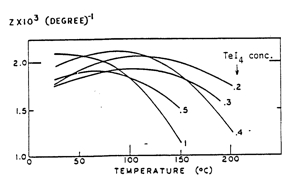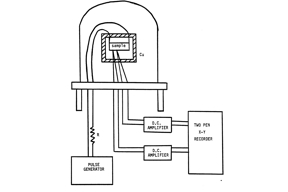Selected Publications
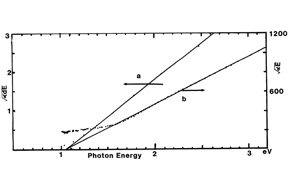
David D. Allred (et al.)
This study addresses the question, "How can the optical properties of matter in ultrathin amorphous nonmetallic films in multilayers best be determined from reflectance (R) and transmission (T) measurements." A blue shift in the band gap of plasma CVD a-Si:H/a-SiN.:H multilayers was reported sev-eral years ago. It was suggested that the shift in the band gap, Eg, relative to bulk a-Si:H as given by the Tauc plot was due to quantum confinement effects. The purpose of this study is to evaluate the usefulness of various effective media theories (EMT) for determining the optical constants of materials in a multilayer and to explore to what extent a shift in band gap to higher energy may be an artifact of the method of optical analysis. Incoherent approaches are the most common methods of determining band gap from R and T. These do not require iteration to obtain optical constants from the optical data. The band gap determined by such methods was, however, generally 8% higher than the actual band gap when a suitable hypothetical case was investigated. Coherent effective media theory provides a noteworthy alternative to both incoherent EMT and fully coherent multilayer modeling, (which is accurate but is excessively com-plicated and poorly convergent). The accuracy of the band gap is at the limit, 2-3%, of what can be expected for graphical methods. A previously unappreciated source of optical artifacts was also identified. Dispersion, which is commonly ignored when Eg is determined graphically, is shown to distort, in certain cases, the anticipated straight line behavior of the aE vs. E plot.
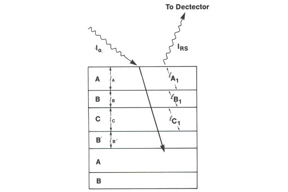
D. D. Allred (et al.)
Raman spectroscopy (RS) and low-angle x-ray diffraction (LAXRD) have been used to characterize semiconductor multilayer interfaces. In the present study a model for Raman spectra of multilayers is developed and applied to the specific case of the interfaces of a-Si/a-Ge multilayers. Quantification of the “blurring” of interfaces is possible because peak heights in the Raman spectra of thin films are proportional to the number of scatterers, thus RS is capable of directly “counting” the total number of chemical bonds of a given type in the film. Multilayers, prepared by various deposition techniques, are compared. The relative roles of LAXRD and RS in investigating interfaces are contrasted. Several a-Si/a-Ge multilayers deposited by ultra-high vacuum (UHV) evaporation (MBD) are found to exhibit very regular periodicities and exceptionally sharp interfaces (<1.0 Å intermixing).
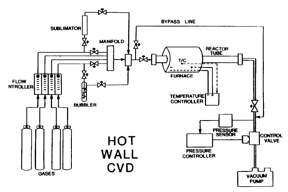
David D. Allred (et al.)
Chemical Vapor Deposition (CVD) is a versatile and efficient technique for thin film deposition in the microelectronics, electro-optics, tool and protective coatings industries. This technology has been adapted by several groups to the preparation of optical thin films. We report on several CVD thin films stacks for photothermal solar energy conversion which combine promising spectral selectivity and durability at elevated operating temperatures.
